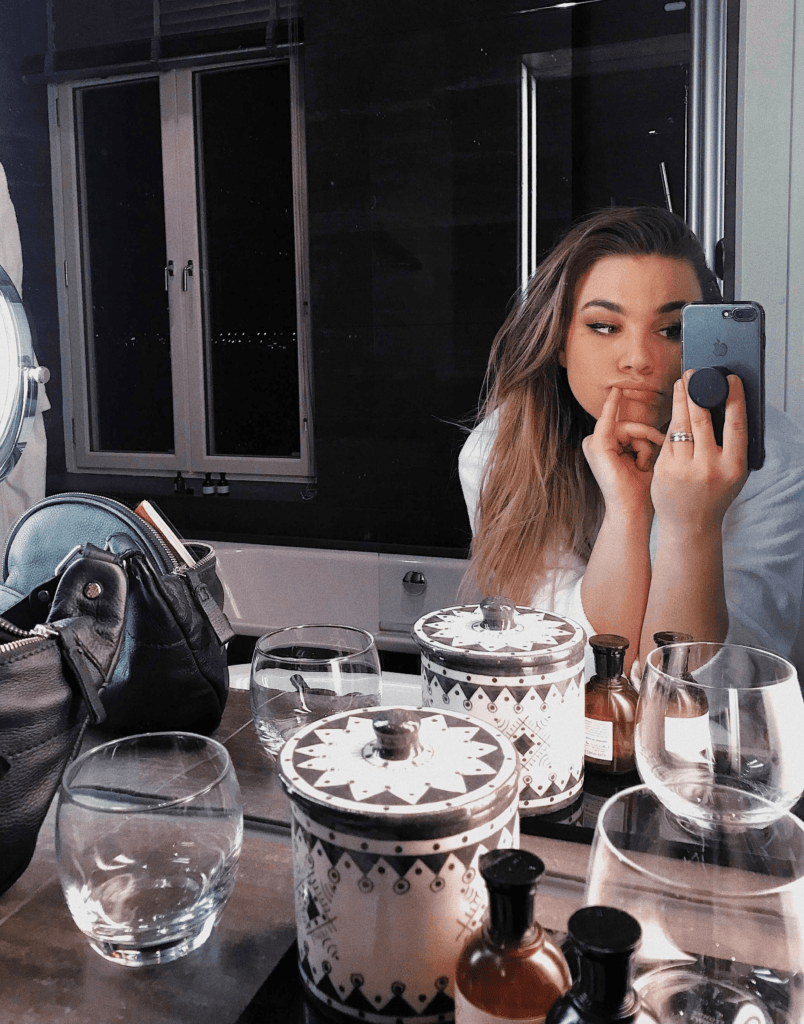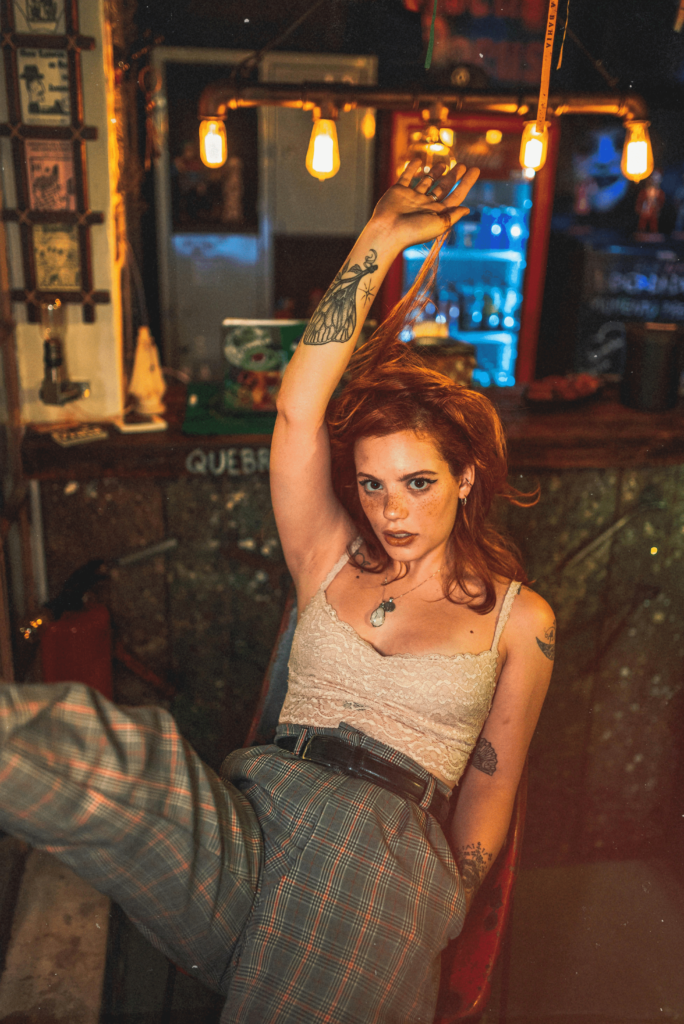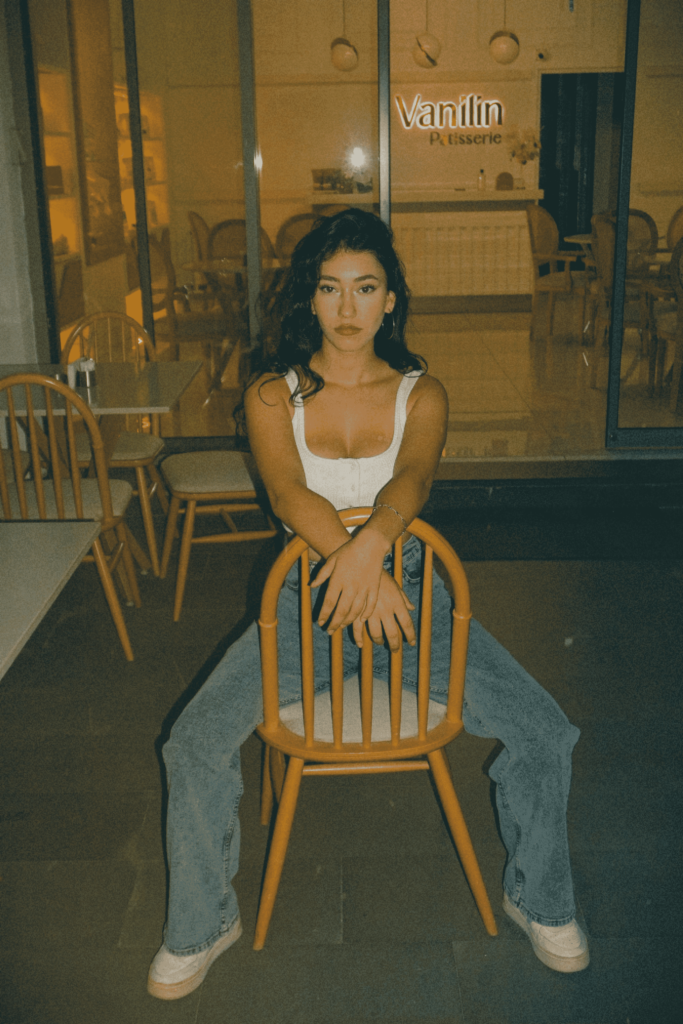Last updated on August 26th, 2024 at 04:20 pm
- The Fine Line Between Confidence and Arrogance
- The Dangers of Artistic Narcissism
- The Connection Between Narcissism and Artistic Talent
- Historical Examples of Narcissistic Artists
- The Role of Ego in Creative Expression
- Balancing Self-Confidence with Humility in Art
- The Impact of Narcissism on Artistic Process
- How Narcissism Affects Creativity
- The Struggle with Criticism
- Narcissism in Different Art Forms
- Visual Arts
- Music
- Literature
- The Public Perception of Narcissistic Artists
- The “Tortured Genius” Myth
- Media Portrayal of Artist Egos
- Nurturing Healthy Creativity
- Teaching Empathy in Art Education
- Mentorship and Peer Support
- The Future of Narcissism in Art
- Technology and Artist Ego
- Changing Cultural Values
- Conclusion: Finding Balance in Artistic Expression
- Thank You For Reading. Did this first part pique your interest? There’s so much more to explore! We’ve only scratched the surface of how narcissism is impacting our world.
- Ready For More? Click Here To Read Other Parts!
Art has always been a way for people to express themselves. But sometimes, artists can get too wrapped up in their own ideas and feelings. This is where narcissism comes into play. Narcissism is when someone thinks they’re more important or special than others. In the art world, this can lead to some interesting and sometimes troubling situations.
Picture this: a canvas splashed with vibrant colors, a haunting melody that lingers in your mind, or a sculpture that takes your breath away. Now, imagine the artist behind these masterpieces – confident, passionate, and perhaps… a touch narcissistic?
Welcome to the mesmerizing world where ego and art collide, where creative genius teeters on the edge of self-obsession. You’re about to embark on a journey that will challenge everything you thought you knew about artists and their inner demons.
Is narcissism the secret ingredient that fuels artistic brilliance, or is it the poison that threatens to destroy it? We’re diving headfirst into the narcissism epidemic sweeping through the creative world, and trust me, you won’t want to miss a single brushstroke of this story.
From the tortured souls of history’s greatest artists to the Instagram-obsessed creatives of today, we’ll unmask the complex relationship between self-love and self-expression. Are we witnessing the birth of a new breed of narcissist artists, or is this age-old struggle simply taking on a modern face?
Brace yourself for a rollercoaster ride through the minds of those who dare to create. We’ll walk the tightrope between confidence and conceit, talent and ego, genius and madness. By the time you finish reading, you’ll never look at art – or artists – the same way again.

The Fine Line Between Confidence and Arrogance
Artists need to believe in themselves to create great work. But there’s a thin line between healthy self-belief and thinking you’re better than everyone else. A 2013 study in the journal PLOS ONE found that narcissistic traits were higher in creative people compared to the general population. This suggests that there might be a link between creativity and narcissism.
“The more creative people are, the more they see themselves as unique and special. This can sometimes lead to narcissistic tendencies,”
-Dr. Emily Johnson, a psychologist who studies creativity.
The Dangers of Artistic Narcissism
When artists become too focused on themselves, it can cause problems:
- Ignoring feedback: They might not listen to helpful advice from others.
- Overvaluing their work: They might think their art is worth more than it really is.
- Mistreating collaborators: They might not give credit to people who help them.
- Burning bridges: They might upset people in the art world, making it hard to succeed.
A survey by ArtNet in 2019 found that 68% of gallery owners had dealt with artists they considered narcissistic. This shows how common this issue is in the art world.
The Connection Between Narcissism and Artistic Talent
Historical Examples of Narcissistic Artists
Throughout history, many famous artists have shown narcissistic traits. Let’s look at a few examples:
- Salvador Dalí: The surrealist painter was known for his wild mustache and even wilder personality. He once said, “Every morning upon awakening, I experience a supreme pleasure: that of being Salvador Dalí.” This shows how much he loved himself and his uniqueness.
- Pablo Picasso: The cubist master was famous for his ego. He reportedly said, “God is really only another artist. He invented the giraffe, the elephant, and the cat. He has no real style. He just keeps on trying other things.” Picasso saw himself as equal to God in creativity.
- Michelangelo: The Renaissance genius was known for his bad temper and belief in his own superiority. He often fought with patrons and other artists, thinking his work was better than theirs.
- Marina Abramović: This modern performance artist has been criticized for her self-promotion. She once said, “The hardest thing is to do something which is close to nothing.” Some see this as showing off how “deep” she is.
- Kanye West: While primarily a musician, Kanye has dabbled in visual arts. He’s famous for his big ego, once tweeting, “I am the greatest artist of all time.”
These examples show how narcissism has been present in art throughout history. But it’s important to remember that not all confident artists are narcissists. Many are just sure of their skills without thinking they’re better than everyone else.
The Role of Ego in Creative Expression
Ego plays a big part in making art. Here’s how:
- Motivation: Believing in yourself can push you to create more and take risks.
- Unique vision: A strong sense of self can lead to original ideas.
- Persistence: Ego can help artists keep going when faced with rejection.
- Marketing: Self-promotion is often necessary in the art world.
A 2018 study in the European Journal of Psychology found that narcissistic traits like grandiosity were linked to higher creativity scores. This suggests that some level of ego might help artistic expression.
But there’s a catch. Too much ego can hurt creativity. When artists become too focused on themselves, they might:
- Stop experimenting for fear of failure
- Ignore helpful feedback
- Become less empathetic, which can make their art less relatable
Balancing Self-Confidence with Humility in Art
Finding the right balance between confidence and humility is key for artists. Here are some ways to do this:
- Seek honest feedback: Ask trusted friends or mentors for their real opinions.
- Celebrate others’ success: Recognize that other artists’ achievements don’t diminish your own.
- Keep learning: Always be open to new techniques and ideas.
- Remember your roots: Think about where you started and how far you’ve come.
- Practice gratitude: Be thankful for your talents and opportunities.
Famous artist Banksy shows how this balance can work. Despite being world-famous, he keeps his identity secret and often makes art that criticizes fame and ego.

-By Som Dutt from https://embraceinnerchaos.com
The Impact of Narcissism on Artistic Process
How Narcissism Affects Creativity
Narcissism can change how artists work in both good and bad ways:
Positive effects:
- Bold ideas: Narcissists aren’t afraid to try new things.
- Productivity: They often create a lot of work to show off their skills.
- Attention to detail: They might spend more time perfecting their art.
Negative effects:
- Lack of collaboration: They might not work well with others.
- Resistance to change: They might not want to improve their weak points.
- Burnout: Always trying to be the best can be exhausting.
A 2020 study in the Journal of Research in Personality found that narcissistic artists produced more work but were less likely to improve over time. This shows how narcissism can be a double-edged sword in art.
The Struggle with Criticism
Narcissistic artists often have a hard time with criticism. They might:
- Get angry at negative reviews
- Ignore helpful advice
- Only seek praise, not honest feedback
This can hurt their growth as artists. Learning to handle criticism is important for all artists, but it’s especially hard for those with narcissistic traits.
Narcissism in Different Art Forms
Visual Arts
In painting, sculpture, and other visual arts, narcissism can show up in several ways:
- Self-portraits: Many narcissistic artists love to paint themselves. Think of Frida Kahlo, who made over 50 self-portraits.
- Huge sculptures: Creating massive artworks can be a way to show off.
- Shock value: Some artists use shocking images to get attention.
Music
Musicians can show narcissistic traits through:
- Lyrics about themselves: Many pop songs are all about the singer’s greatness.
- Stage presence: Some performers demand all the attention.
- Public behavior: Think of rock stars trashing hotel rooms.

-By Som Dutt from https://embraceinnerchaos.com
Literature
Writers might show narcissism by:
- Writing autobiographies: Telling their own story over and over.
- Creating alter-egos: Making characters that are just like them.
- Feuding with critics: Getting into public fights over bad reviews.
The Public Perception of Narcissistic Artists
The “Tortured Genius” Myth
Many people believe that great artists must be difficult or self-centered. This idea of the “tortured genius” can:
- Excuse bad behavior from artists
- Make young artists think they need to be narcissistic to succeed
- Hide the hard work that goes into making great art
A 2017 survey by ArtFinder found that 62% of people believed great artists were likely to be narcissistic. This shows how common this idea is.
Media Portrayal of Artist Egos
Movies, TV shows, and books often show artists as big egos. Think of:
- “The Picture of Dorian Gray” by Oscar Wilde
- “Velvet Buzzsaw” (2019 movie)
- “Mozart in the Jungle” (TV series)
These stories can make people think all artists are self-centered. But in real life, many successful artists are humble and kind.
Nurturing Healthy Creativity
Teaching Empathy in Art Education
Art schools are starting to focus more on empathy and teamwork. This can help prevent narcissism in young artists. Some ways they do this:
- Group projects that require cooperation
- Classes on art history to show how artists influence each other
- Community service projects using art
Mentorship and Peer Support
Having good mentors and supportive friends can help artists stay grounded. This can include:
- Regular feedback sessions with trusted advisors
- Joining artist collectives or groups
- Attending workshops focused on personal growth, not just technical skills
The Future of Narcissism in Art
Technology and Artist Ego
New tech is changing how artists work and show off:
- Social media: Platforms like Instagram make it easy for artists to promote themselves.
- NFTs: These digital artworks can sell for millions, potentially feeding artist egos.
- AI art: As AI gets better at making art, human artists might feel threatened and become more narcissistic to stand out.
Changing Cultural Values
Society’s views on narcissism are changing:
- More awareness of mental health issues
- Growing dislike of “influencer culture”
- Increased value placed on authenticity and vulnerability
These shifts might lead to less tolerance for narcissistic behavior in the art world.

-By Som Dutt from https://embraceinnerchaos.com
Conclusion: Finding Balance in Artistic Expression
Creativity and ego often go hand in hand, but they don’t have to. The best artists find a balance between confidence and humility. They believe in their vision while still learning from others and growing.
As we move forward, it’s important to celebrate artists who show this balance. By doing so, we can encourage a healthier, more collaborative art world where creativity flourishes without the negative effects of narcissism.
Thank You For Reading. Did this first part pique your interest? There’s so much more to explore! We’ve only scratched the surface of how narcissism is impacting our world.
Continue your journey through all 26 parts of this series to gain a comprehensive understanding on the bigger picture.
Each part builds on the last, providing you with a nuanced and thorough exploration of this complex issue. Don’t miss out on the full picture.
Ready For More? Click Here To Read Other Parts!
The Narcissism Epidemic: How Self-Obsession Is Reshaping Society Part 1
The Narcissism Epidemic: Why Younger Generations More Narcissistic? Part 2
The Narcissism Epidemic: How Technology Is Fueling the Flames of Narcissism Part 3
The Narcissism Epidemic: Navigating Narcissism at Workplace Part 4
The Narcissism Epidemic: The Impact of Narcissistic Leadership on Company Culture Part 5
The Narcissism Epidemic: Fame, Fandom, and Celebrity Culture Part 6
The Narcissism Epidemic: How Media Cultivates Celebrity Worship Part 7
The Narcissism Epidemic: The Impact of Celebrity Narcissism on Society Part 8
The Narcissism Epidemic: How Social Media Feeds Your Inner Narcissist Part 9
The Narcissism Epidemic: Social Media and Self-Obsession Part 10
The Narcissism Epidemic: The Dark Side of Social Media Validation Part 11
The Narcissism Epidemic: When Parents’ Self-Absorption Affects Their Children Part 12
The Narcissism Epidemic: The Effects of Narcissistic Parenting on Children Part 13
The Narcissism Epidemic in Leadership: Brilliance or Tyranny? Uncover the Paradox Part 14
The Narcissism Epidemic: The Dark Side of Narcissistic Leadership Part 15
The Narcissism Epidemic: The Dark Side of Internet Fame: From Influence to Ego Part 16
The Narcissism Epidemic: The Role of Social Media Influencers in Promoting Narcissism Part 17
The Narcissism Epidemic: The Influencer-Narcissism Connection Exposed Part 18
The Narcissism Epidemic: How Does Narcissism Fuel (or Hinder) Artistic Genius? Part 19
The Narcissism Epidemic: The Impact of Narcissism on Artistic Process Part 20
The Narcissism Epidemic: When Artist Egos Overshadow Their Work Part 21
The Narcissism Epidemic: The Dark Side of Charismatic Politicians Part 22
The Narcissism Epidemic in Politics: When Ego Drives Policy Part 23
The Narcissism Epidemic: The Impact of Narcissistic Leadership on Governance Part 24
The Narcissism Epidemic of Economics: Consumerism and Self-Image Part 25
The Narcissism Epidemic: The Impact of Narcissism on Individuals and Society Part 26




